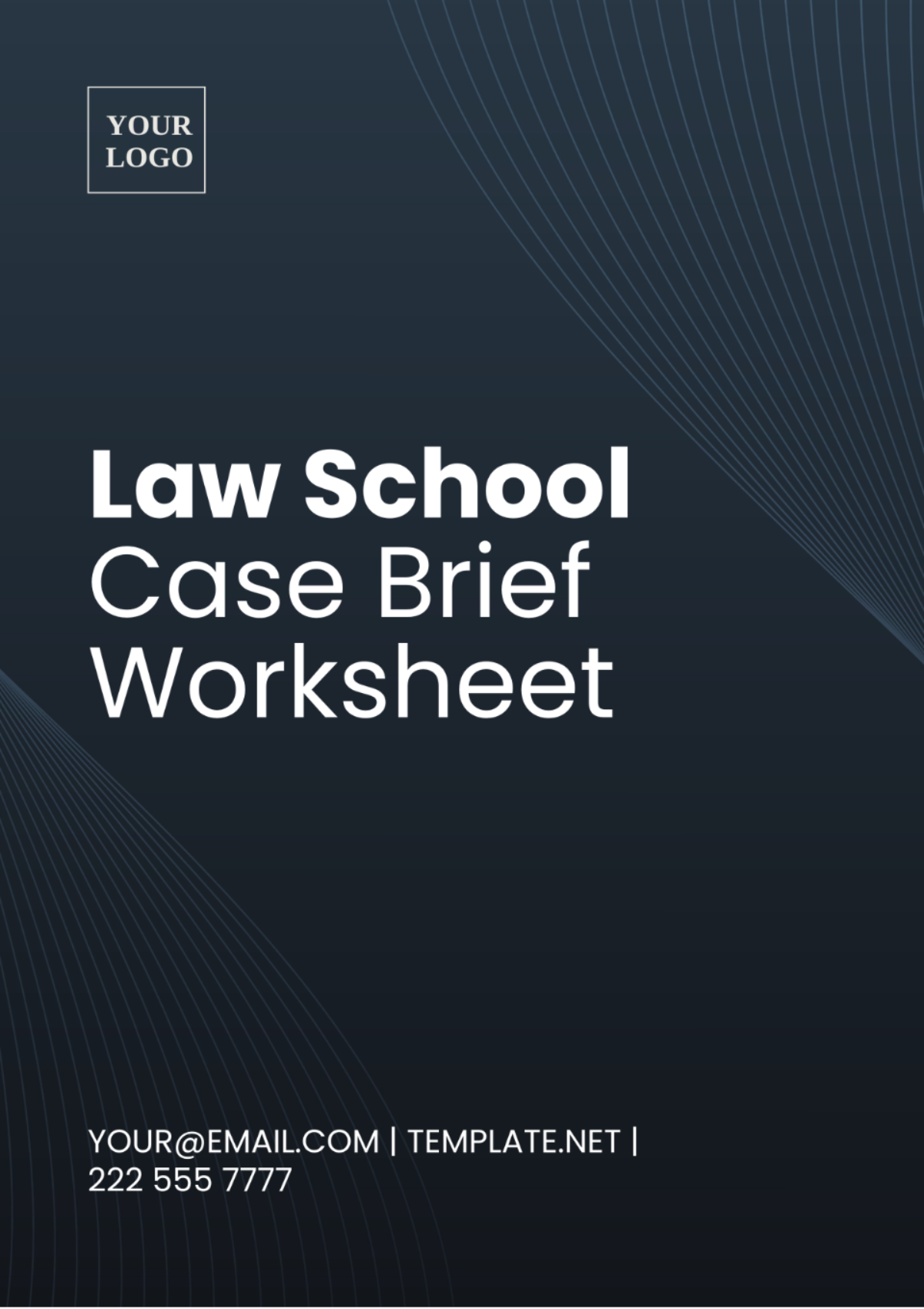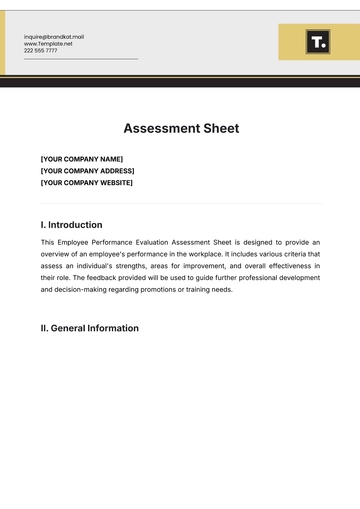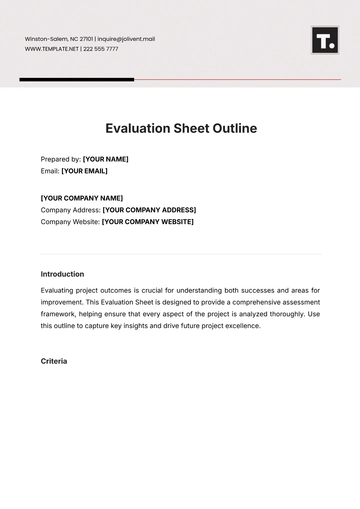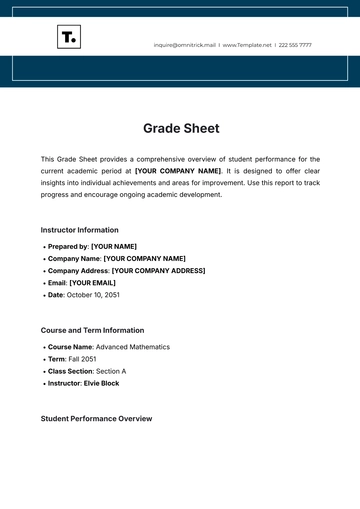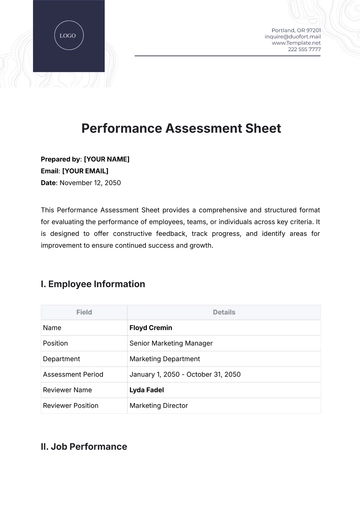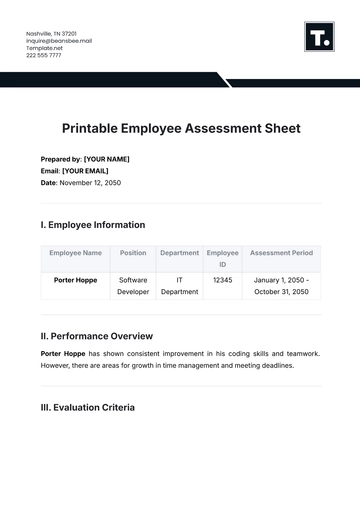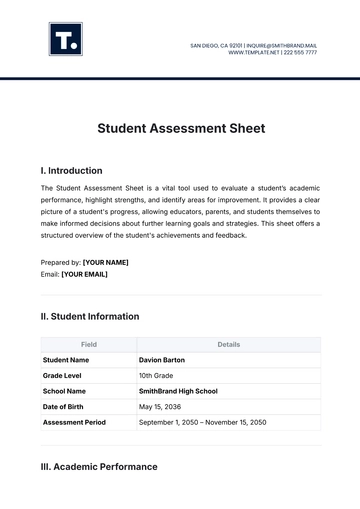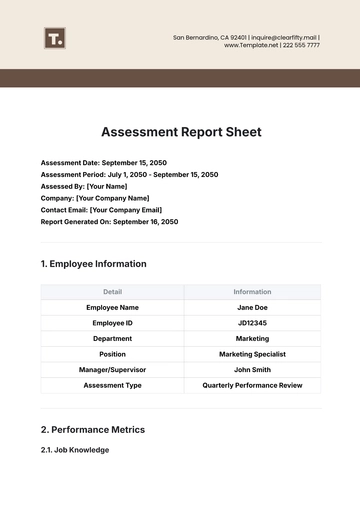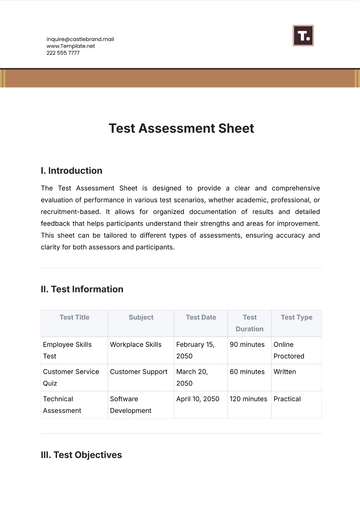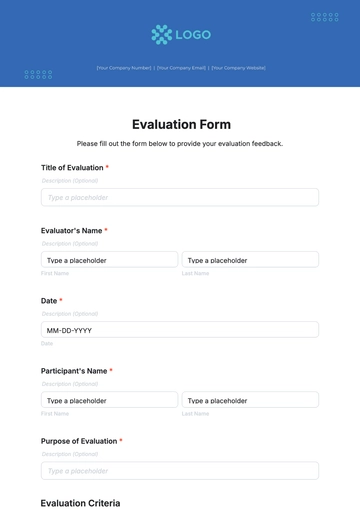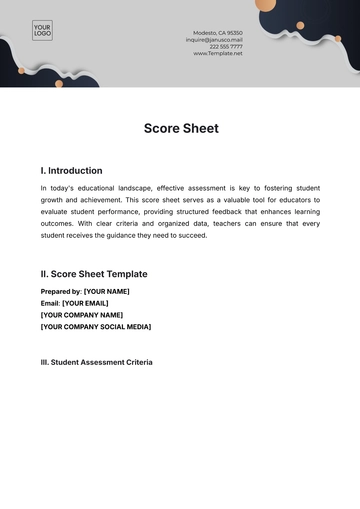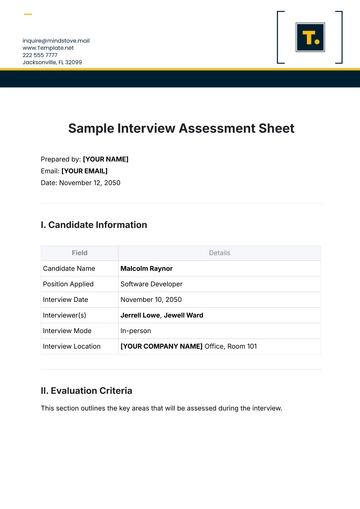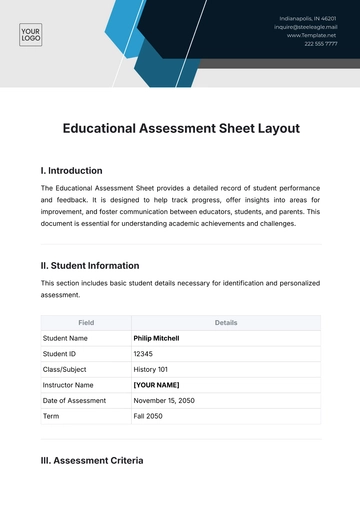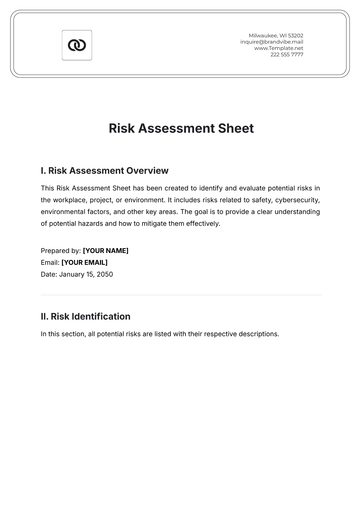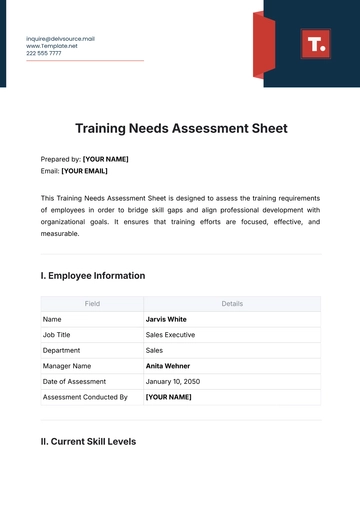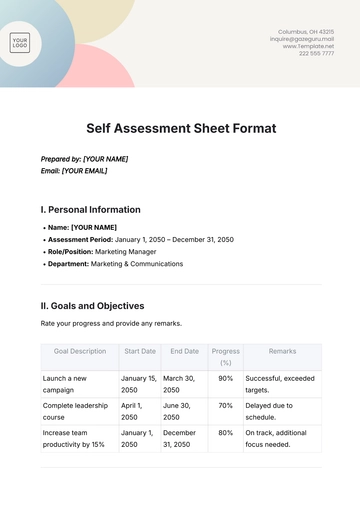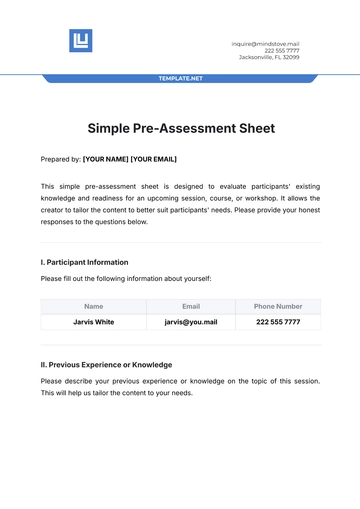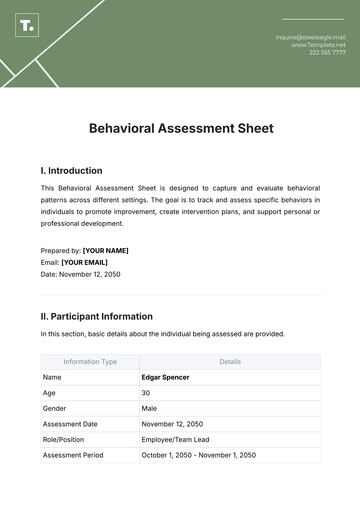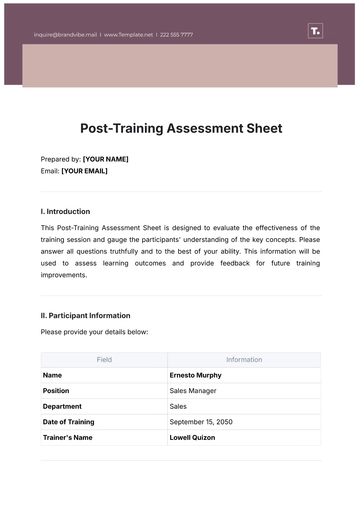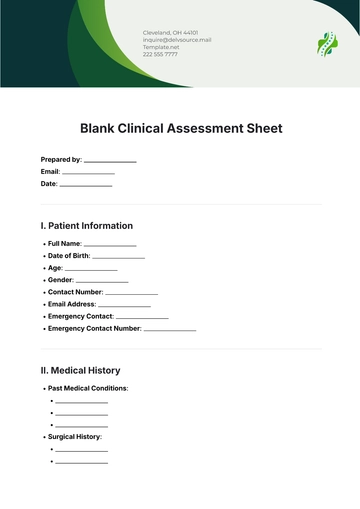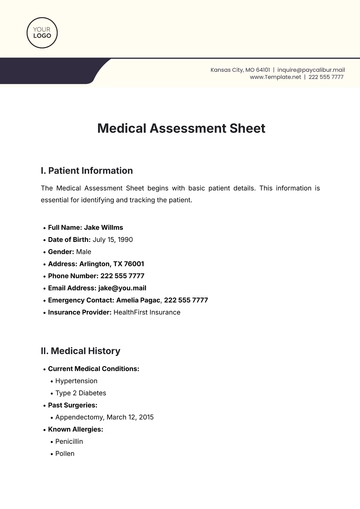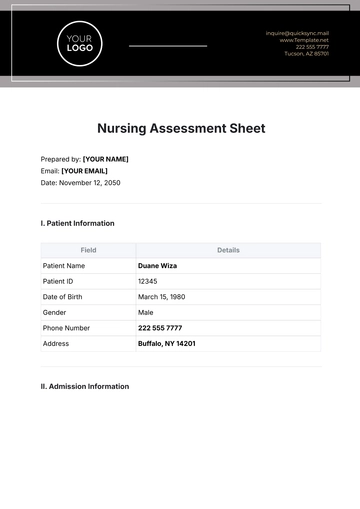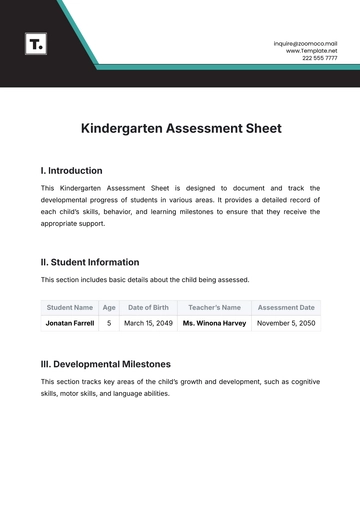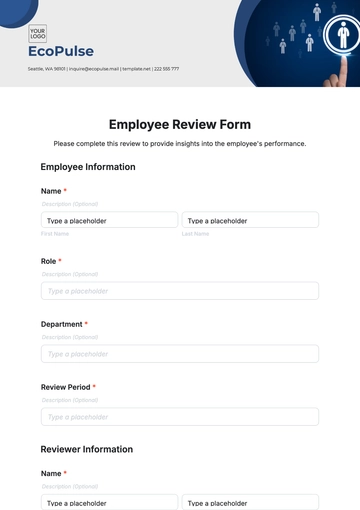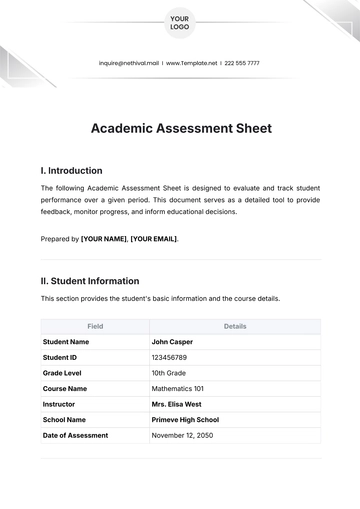Law School Case Brief Worksheet
I. Case Information
Case Name: [Brown v. Board of Education]
Case Citation: [347 U.S. 483 (2054)]
Court: [United States Supreme Court]
Date of Decision: [May 17, 2054]
II. Summary:
[Brown v. Board of Education] was a landmark case in which the [Supreme Court] declared state laws establishing separate public schools for black and white students to be unconstitutional. The case arose from a series of lawsuits filed by African American families seeking to challenge the segregation of public schools in several states.
III. Facts
Background:
The case originated from five separate lawsuits filed in [Kansas, South Carolina, Virginia, Delaware, and Washington, D.C.] Each lawsuit involved African American children who were denied admission to public schools attended by white children solely because of their race.
Key Facts:
The plaintiffs argued that segregated public schools violated the Equal Protection Clause of the Fourteenth Amendment.
The defendants, represented by state governments, contended that segregation was permissible under the "separate but equal" doctrine established in [Plessy v. Ferguson (1896)].
IV. Issues
Primary Issue:
Whether state laws segregating public schools by race violate the Equal Protection Clause of the Fourteenth Amendment.
Sub-issues:
Whether the "separate but equal" doctrine established in [Plessy v. Ferguson] should be overturned.
Whether segregation in public education adversely affects the psychological well-being and educational opportunities of African American children.
V. Arguments
Plaintiff's Arguments:
The plaintiffs argued that segregation perpetuated feelings of inferiority among African American children and denied them equal educational opportunities.
They contended that separate educational facilities were inherently unequal, regardless of any superficial equality in facilities or resources.
Defendant's Arguments:
The defendants maintained that segregation was permissible as long as the facilities and resources provided to African American students were equal to those provided to white students.
They cited the precedent set by [Plessy v. Ferguson], which upheld the constitutionality of segregation under the "separate but equal" doctrine.
VI. Holding
The Supreme Court unanimously held that state laws segregating public schools were unconstitutional because they violated the Equal Protection Clause of the Fourteenth Amendment.
VII. Reasoning
. Legal Principles:
The Court emphasized that segregation in public education perpetuated a sense of inferiority among African American children, thereby violating the Equal Protection Clause.
It rejected the notion that separate educational facilities could ever be truly equal, regardless of their physical attributes.
Precedents:
The Court distinguished [Brown v. Board of Education] from [Plessy v. Ferguson], noting that the latter concerned segregation in public transportation rather than education.
It overturned the precedent set by Plessy and declared that segregation in public education was inherently unconstitutional.
VIII. Impact
The decision in [Brown v. Board of Education] had far-reaching implications, leading to the desegregation of public schools across the United States and laying the foundation for subsequent civil rights legislation.
IX. Conclusion
[Brown v. Board of Education] marked a significant turning point in American history, signaling the end of legal segregation in public schools and advancing the cause of racial equality. Its legacy continues to shape educational policies and legal principles to this day.
Prepared by: [YOUR NAME]
Contact Details:
Email: [YOUR COMPANY EMAIL]
Phone: [YOUR COMPANY NUMBER]
Website: [YOUR COMPANY WEBSITE]
Social Media: [YOUR COMPANY SOCIAL MEDIA]
Case Brief Templates @ Template.net
